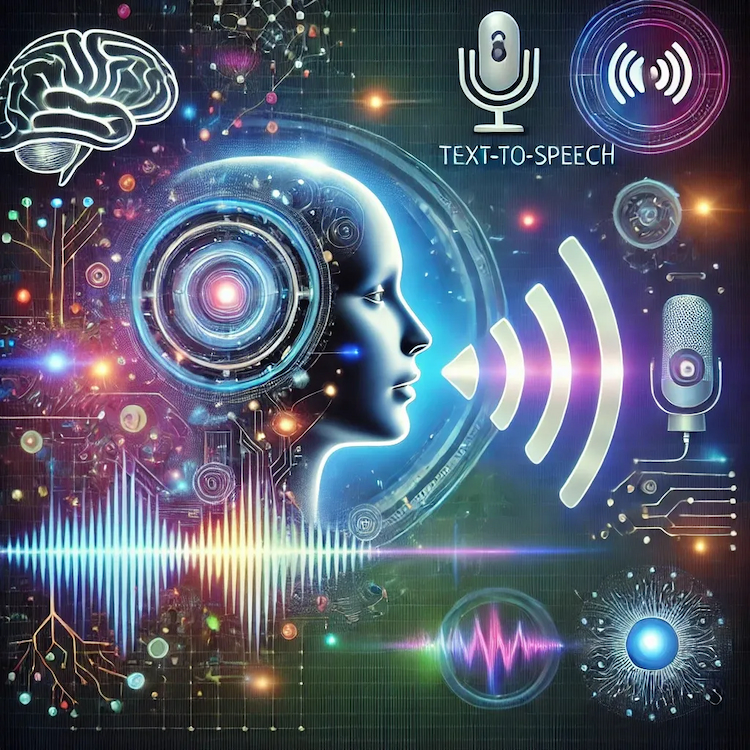Text-to-Speech: Technology that converts text to speech quickly
Text-to-Speech (TTS) is a technology that converts text into speech, providing the ability to "read" text for digital devices and applications. Currently, TTS has become an important tool in supporting users and improving user experience in many different fields, especially with the development of artificial intelligence (AI) and machine learning (ML).
1. How Text-to-Speech works
Text processing: The text is converted into an encoded form to prepare for the voice generation step. At this stage, the text is analyzed for grammar and processed for punctuation, symbols, and abbreviations.
Contextual and phonetic analysis: The system will determine the syllables, intonation, and pronunciation appropriate to each language or region (if any), helping the reading voice to be more natural and easier to listen to.
Voice generation: After analysis, the text will be converted into sound. Modern systems use simulated voices from real human voices, synthesized using advanced AI techniques.
2. Text-to-Speech development technology
There are three common methods for developing TTS:
Rule-based synthesis: This is the traditional method, using phonetic rules and laws to create voices. However, the sounds produced are often quite monotonous and unnatural.
Concatenative synthesis: This method uses pre-recorded audio segments from real human voices, then combines them to form words and sentences. This method makes the voice more natural, but is limited in the ability to diversify voices.
Neural Network-based synthesis: This is the latest and most advanced method, using neural networks to simulate human voices. Techniques like Google's WaveNet or Google DeepMind's Tacotron allow for more natural, flexible, intonation, and emotional speech.
3. Applications of Text-to-Speech
Support for the disabled: TTS helps the visually impaired and those with reading difficulties to access text easily through audio.
Virtual assistants: Virtual assistants like Siri, Google Assistant, and Alexa use TTS to communicate with users, read news, give instructions, and answer questions.
Education and foreign language learning applications: TTS helps students listen to learning materials, read content aloud to improve pronunciation when learning a new language.
E-commerce and customer service applications: Automated call center systems or chatbots can use TTS to communicate with customers, making the service experience more personalized.
Audiobooks and audio news: TTS helps convert books and news into audio format, allowing users to listen to content on the move.
Author: FTECH AI
- 1
- 2
- 3









